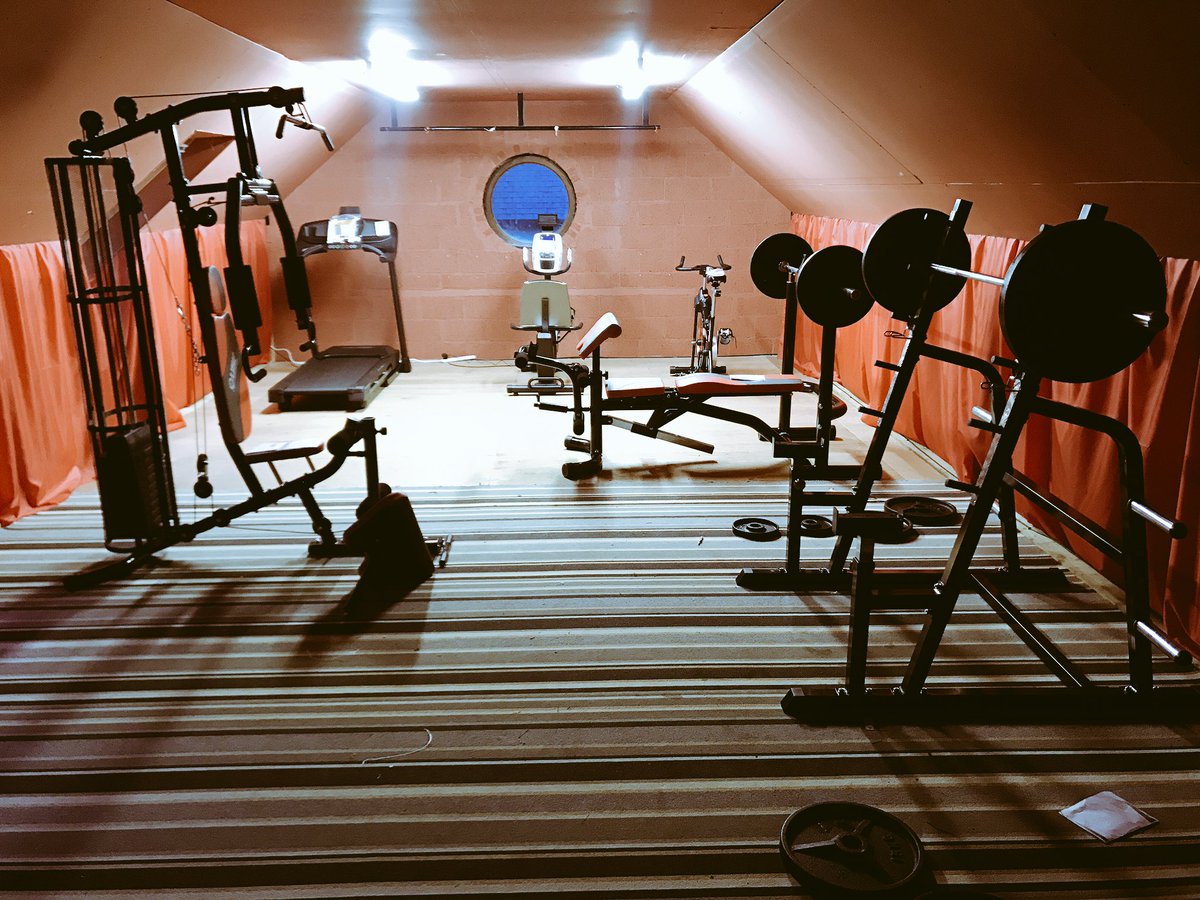Can you put a home gym upstairs
This is an overview of example designs and ideas for building your own home gym. Each one is unique and special. This article was originally posted under "the ultimate guide to building a home gym".
Example designs
Attached you will find two example designs which you can use as a blueprint. I have also done many variations on those. Start with the floor space you have available and design your gym into it, as the available space most likely will not change. The few exceptions are new builds in the garden. Here I would also start with the available shed / room options and work from there.
Related Articles
- Which belt to buy from Rogue
- Which barbell to buy from rogue
- Which rack to buy from Rogue over $1000
- Which rack to buy from Rogue for under $1000
- Which plates to buy from Rogue
- Which strength equipment to buy from Rogue
- Which conditioning equipment to buy from Rogue
- Which Equipment package to buy from Rogue
- Which accessory to get from Rogue
- Which jump rope to get from Rogue
- Which bench to get from rogue
- Which dumbbell to get from Rogue

Can you put a home gym upstairs
A home gym can be put upstairs if you do the necessary checks with your architect or landlord. Ideally, you want to be near the carrying parts of the structure of the house. Especially attic gyms should be double and triple checked for the stability of the floors before you put a gym in.
Structure
If you put a gym upstairs check where the main beams of the house structure are. Better to be safe than breaking through the ceiling one day. Also, double-check the overall weight of your equipment. Include the weight of the rack with all equipment on it. Apart from the structure also take into consideration that a gym upstairs will likely be closer to bedrooms and kid's rooms. Keep safety and noise in mind.
Noise
If you put a gym upstairs the noise is a lot more likely to travel through the entire house. The same goes for apartment blocks and other arrangements. To keep the noise pollution to a minimum consider the following.
-
Not attaching anything to the wall
-
Not attaching anything to the floor
-
Exercise mats to dampen deadlift noise
-
Carpets
The solution is probably a flat foot rack. Anything you attach to the wall or floor and then lift on will send the noise through the structure. Keep in mind that not anchoring your rack makes it less safe and more likely to tip over.
Weight
If you have big plans to build a gym with multiple racks, special flooring and machines add up all the components at high time and make a note. Again, you want to double and triple check this. If you are on the ground floor, in the garage or basement you will have less trouble.
Bottlenecks
If you are getting a gym upstairs check all of the bottlenecks where the equipment has to go through. Check the stairs, doors, flaps, and anything where you need to grow. This is especially the case if you buy equipment which is welded in one piece rather than components. Think hard with these ones whether you can get them up there.


